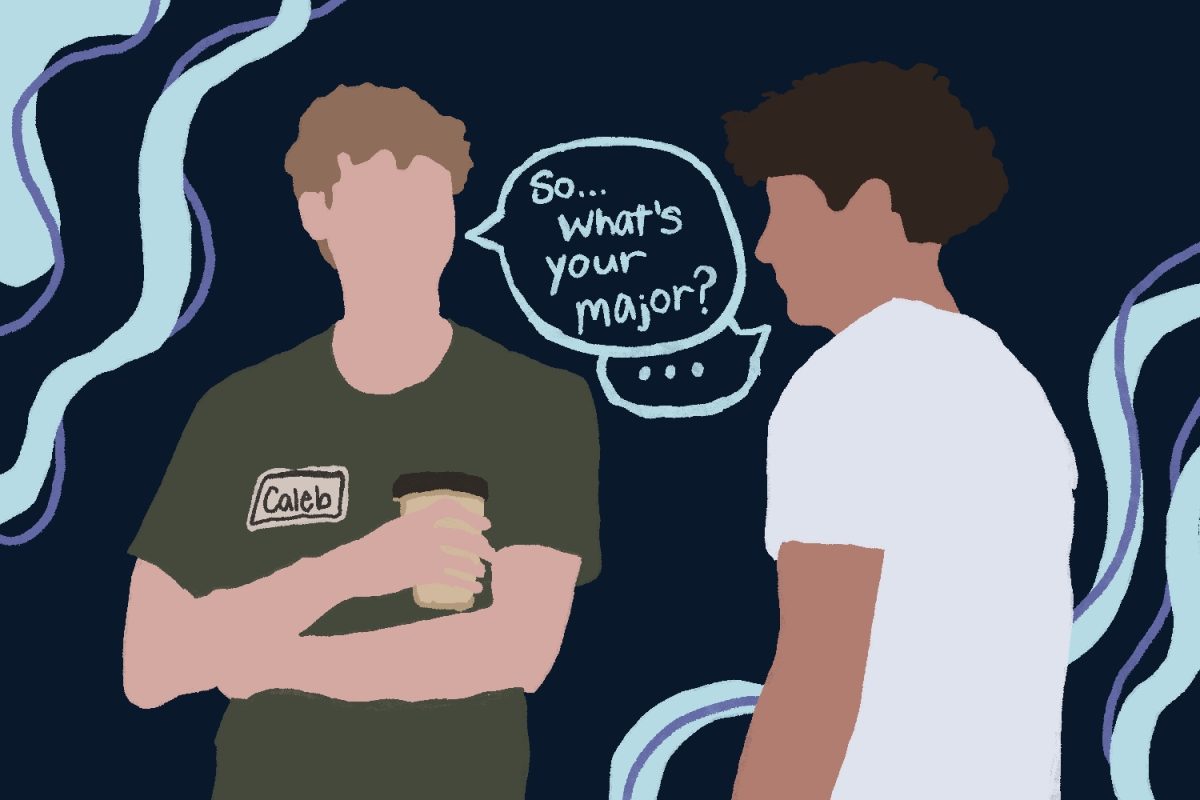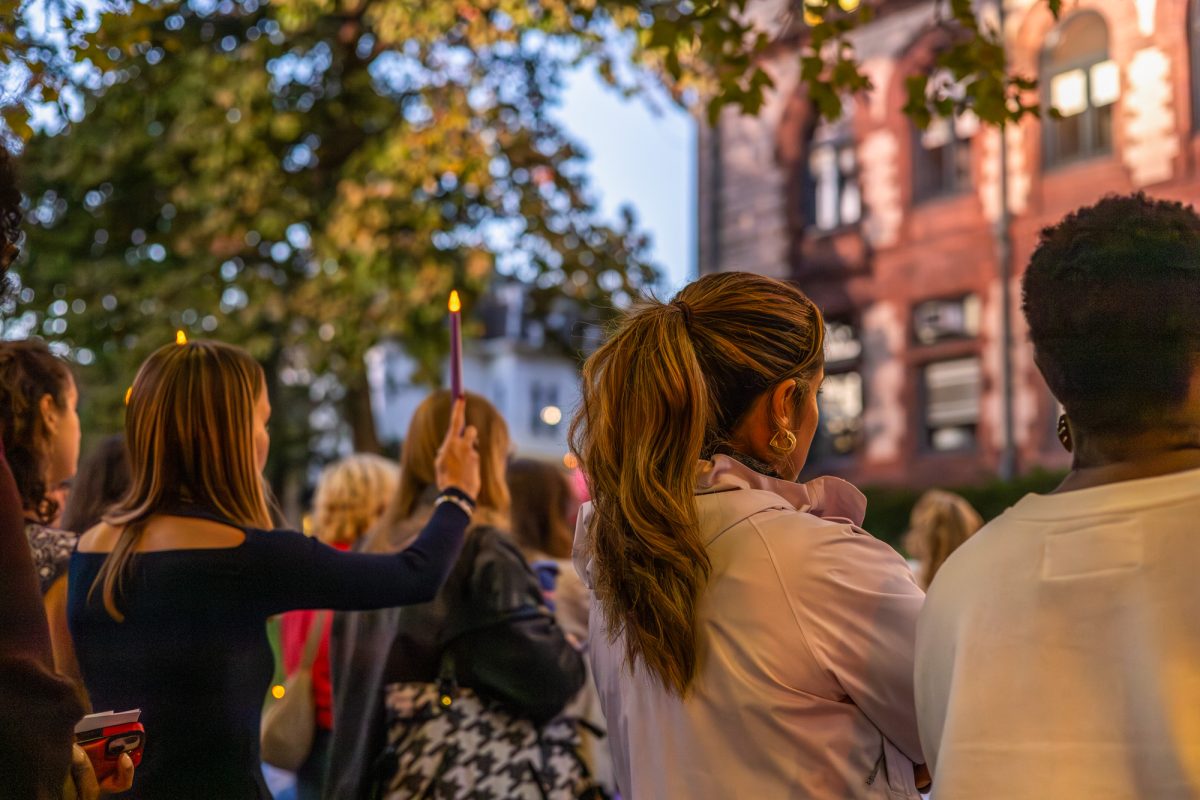Scientists have discovered a process that enables mature cells to revert back to being stem cells, possibly resulting in many future saved lives, according to a report published in the weekly science journal Nature on Thursday.
A team of scientists led by Charles Vacanti, chairman of the department of anesthesiology, perioperative and pain medicine at Brigham and Women’s Hospital and professor at Harvard Medical School, discovered how harsh environments, consisting of conditions similar to those present when cells in our bodies are injured, result in mature cells being turned back into stem cells.
“We looked for a more natural way to turn mature cells back to stem cells, and it’s actually very efficient, easy, and inexpensive to do,” he said. “You get millions of cells very quickly, and you should be able to use it in all fields of medicine, boosting the function of tissues, possibly saving lives … this could have huge implications.”
The road to this discovery was a long one and filled with doubt from countless other scientists, according to Vacanti.
“In the late 1990s we started looking for better cells to use for tissue engineering, and we discovered what we thought was a stem cell presence in many tissue systems of the body which we called a spore-like cell,” he said. “We reported it in 2011 in the Journal of Cellular Biochemistry and we were panned … no one read the article and even fewer people believed it. We received a lot of criticism, and I was actually almost fired from UMass for publicizing such heresy.”
In 2006, a member of Vacanti’s team, Dr. Koji Kojima and another researcher, managed to isolate these cells in large numbers from the organs and muscles and studying them. Vacanti then asked a Japanese student, Haruko Obokata, to repeat the earlier studies with minute detail in order to make them “bulletproof.”
In 2011, Obokata proved that these cells existed and that they were pluripotent, meaning they were capable of turning into any type of cell or tissue.
Later, she returned to Vacanti’s lab and proved something even more controversial. Not only did these cells exist, but the team of researchers was making them, not just finding them.
“This is a significant difference because many reports were coming out about stem cells, but in order to isolate the stem cells they were using a very harsh environment that they believed was killing mature cells, leaving only the very hardy stem cells,” Vacanti said. “We thought that maybe instead of killing these mature cells, perhaps the mature cells to revert back to stem cells … and then mature forward to develop the cells needed for the repair as a survival technique.”
The report published in Nature explains how these cells are different from the other substitutes and how they are created uniquely.
“Here we report a unique cellular reprogramming phenomenon, called stimulus-triggered acquisition of pluripotency, which requires neither nuclear transfer nor the introduction of transcription factors,” the report said. “In STAP, strong external stimuli such as a transient low-pH stressor reprogrammed mammalian somatic cells, resulting in the generation of pluripotent cells.”
Vacanti says these cells are a great alternative to other forms of stem cells, such as IPS cells which are mature cells turned to stem cells through implantation of embryonic DNA, for more reasons than the efficiency and affordability.
“Embryonic stem cells have challenges like [having] to create and destroy an embryo, which involves a little bit of ethical concern,” he said. “IPS solved a lot of problems, but to make an IPS cell you have to add external DNA to a normal cell, so it’s forever changed, and some people feel that it may turn to cancer … [With this], you could study disease processes, therapeutics, mechanism for cancer formation, so we’re hoping it’ll be useful.”
Some residents said they find this discovery fascinating and useful, but fear where this may lead to in the future.
“I can see how this could be a huge medical step,” said Michael James, 47, of Boston. “But I can also see how this could lead to other processes of genetically modifying these stem cells and manipulating that, which could also become another ethical issue.”
Erin Moore, 34, of Back Bay, said all scientific discoveries may give people too much power, but that should not stop discoveries that will save lives.
“Many people may not have faced a situation where they’re hoping for any possible solution to a health problem,” she said. “But I’m sure that when they do, they’ll be infinitely grateful for discoveries like these which save lives.”


















































































































